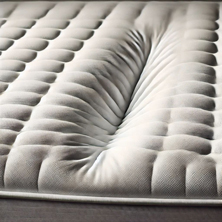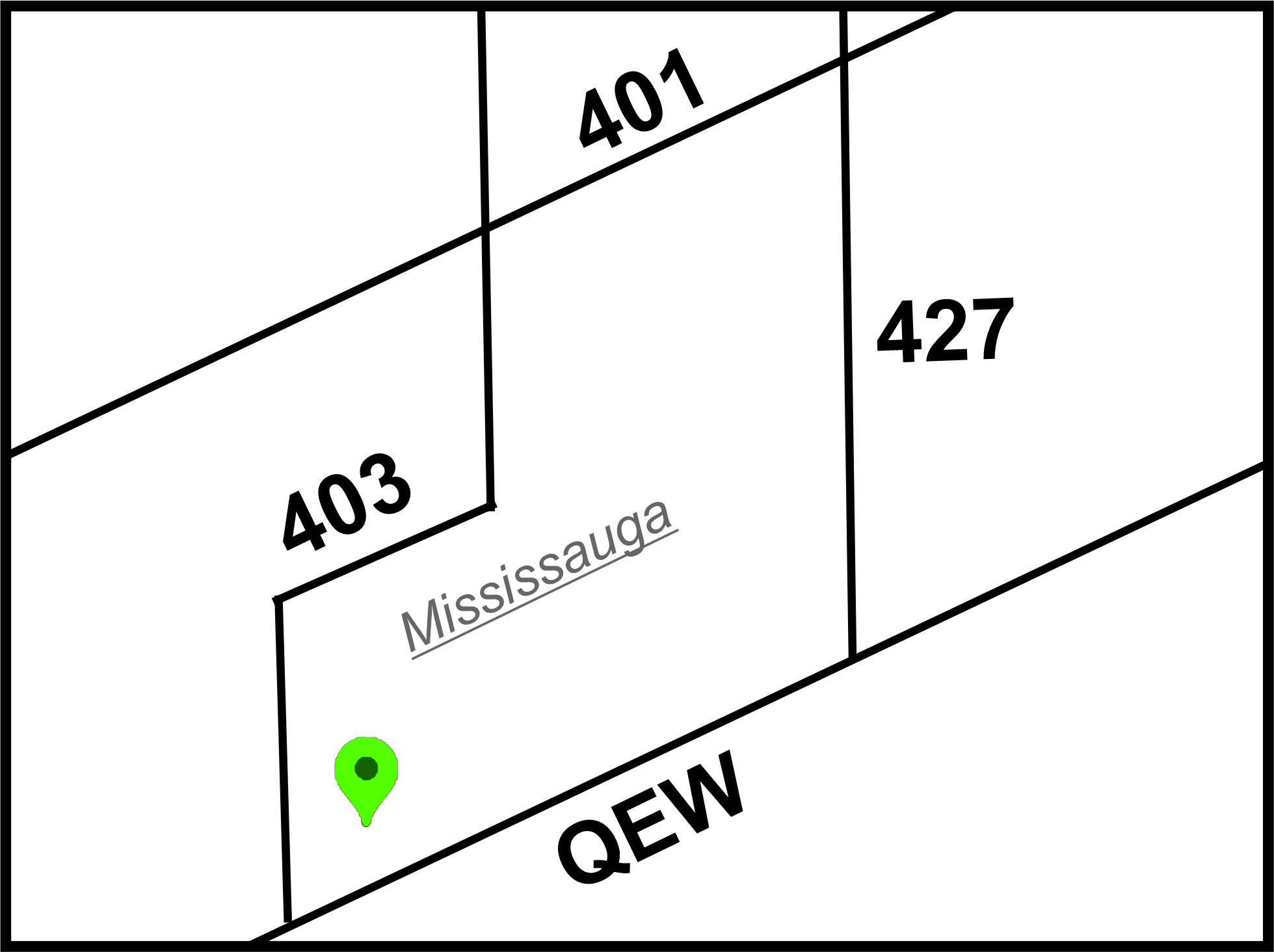
Blog Questions about beds and mattresses answered. And some stories told.

Making a warranty claim on a mattress can be a daunting task, but with the right approach and a clear understanding of the process, it can be simplified. This guide will walk you through each step, from understanding your warranty terms to submitting a successful claim.
1. Understanding Your Mattress Warranty
Before starting a claim, it’s crucial to thoroughly understand what your mattress warranty covers and for how long. Most mattress warranties offer coverage for certain defects in materials and workmanship. However, the specifics can vary greatly between brands and manufacturers. Here are the key elements you need to look for in your mattress warranty documentation:
a. Warranty Duration
- Standard Duration: Most mattress warranties range from 5 to 10 years. Some premium mattresses may offer "lifetime" warranties, but it’s essential to understand the fine print in such cases.
- Pro-Rated vs. Non-Pro-Rated: Some warranties are non-prorated, meaning the manufacturer will cover the full cost of repair or replacement within a specific time frame. Other warranties become prorated over time, meaning you will bear a portion of the replacement cost after a certain number of years.
b. What is Covered?
Warranties typically cover defects such as:
- Sagging: Sagging beyond a certain depth (usually 1-1.5 inches) is often covered, but only if it's not due to improper support from a bed frame.
- Broken or Exposed Coils: In innerspring mattresses, broken or protruding coils are commonly covered.
- Manufacturing Defects: Any structural or material flaws that affect the durability or comfort of the mattress.
c. What is NOT Covered?
Many issues are not covered under typical mattress warranties, including:
- Normal Wear and Tear: Softening of the mattress over time is natural and usually not covered.
- Comfort Preferences: A mattress warranty won’t cover you if you simply don’t like the feel of the mattress after a few months.
- Damage from Misuse or Improper Care: Stains, tears, burns, or damage from using the mattress without proper support (like a suitable foundation) are typically not covered.
- Body Impressions Less Than a Certain Depth: For many mattresses, body impressions under 1.5 inches are considered normal and won’t qualify for a claim.
d. Conditions for Validating a Claim
Check if the warranty has any specific requirements that you must fulfill for your claim to be valid. For instance, many manufacturers require that:
- The mattress must have been used with a proper foundation or bed frame.
- The original purchaser must make the claim (mattress warranties often don’t transfer to new owners).
- Proof of purchase, like a receipt or invoice, must be provided.
2. Preparing to File a Warranty Claim
Once you’ve reviewed your mattress warranty and determined that the issue you’re experiencing is covered, it's time to prepare for the claim. Here’s how to get ready:
a. Locate and Review the Warranty Documentation
Find the original paperwork that came with your mattress, or visit the manufacturer’s website to review the terms of your warranty. This is important because you’ll need to reference specific information when filing your claim, such as warranty coverage details, limitations, and the warranty number.
b. Gather Proof of Purchase
The first thing most manufacturers will ask for when you make a claim is proof that you purchased the mattress from an authorized retailer. This can include:
- Receipt or Invoice: It should clearly show the date of purchase, the mattress model, and the retailer’s name.
- Credit Card Statement: In some cases, a credit card statement showing the transaction can be used if the original receipt is lost.
c. Document the Problem
Before submitting your claim, you’ll need to provide evidence of the issue with the mattress. To do this:
- Take Photos: Capture detailed pictures of the defect. If the problem is sagging, lay a straight object (like a broomstick or a long piece of wood) across the surface of the mattress and take a picture showing the depth of the sag.
- Measure the Defect: Most warranties specify a minimum depth for sagging claims (often 1 inch or more). Use a ruler or tape measure to document this.
- Video Evidence (if applicable): In the case of issues like squeaking or broken coils, a video showing the problem may be useful.
d. Check the Foundation or Bed Frame
Make sure that your mattress is on a foundation that meets the manufacturer's specifications. If it's not, the company may deny your claim on the grounds of improper support. Ensure that you:
- Have used a proper bed frame with the correct number of legs or slats for your mattress type (especially for queen-size mattresses and larger).
- Include pictures of the foundation to demonstrate that the mattress has been adequately supported.
3. Contact the Manufacturer or Retailer
Once you've gathered all the necessary information and evidence, the next step is to contact the mattress manufacturer or retailer. Many manufacturers handle warranty claims directly, while others require you to go through the retailer where you purchased the mattress.
a. Contact Methods
Most companies will offer several ways to get in touch for warranty claims:
- Phone Support: You may need to call their customer service line. Have all your documentation (proof of purchase, warranty number, etc.) ready when you call.
- Email Support: You might be asked to submit photos and proof of purchase via email.
- Online Forms: Some manufacturers provide online forms for submitting warranty claims. These will typically ask you to upload photos and documents directly to their system.
b. Provide All Necessary Information
When submitting your claim, make sure to include:
- Your Contact Information: Full name, phone number, and email address.
- Proof of Purchase: As mentioned earlier, submit your receipt, invoice, or other proof of purchase.
- Details of the Problem: Describe the issue with the mattress clearly. Be as detailed as possible, and reference the specific warranty terms that apply.
- Photos and Documentation: Upload or attach the photos or videos you took of the defect and the mattress foundation, along with any other required documents.
4. Follow Up on Your Claim
After you’ve submitted your claim, follow these steps to ensure the process moves along smoothly:
a. Get a Confirmation
Most companies will provide a confirmation number or email after you submit your claim. If they don’t, follow up with them by phone or email to ensure your claim was received and is being processed.
b. Understand the Timeline
Ask for an estimated timeline for when your claim will be reviewed and resolved. Some manufacturers may take a few weeks to process claims, while others may take longer depending on the complexity of the issue or the company's policies.
c. Stay in Touch
Don’t hesitate to reach out periodically if you haven’t heard back within the promised timeframe. It’s a good idea to keep a record of all your interactions, including emails and phone calls, just in case you need to escalate the claim.
5. Resolution of the Claim
Once the manufacturer reviews your claim, they will inform you of the outcome. Possible outcomes include:
a. Repair or Replacement
If your claim is approved, the manufacturer may:
- Repair the Mattress: Some companies will offer to repair the defective mattress, especially if the issue can be easily fixed.
- Replace the Mattress: If the issue cannot be repaired, the company may replace the mattress with the same model or an equivalent one. Note that if the warranty is prorated, you may be responsible for part of the cost.
b. Rejection of the Claim
If your claim is denied, the manufacturer will explain why. Common reasons for rejection include:
- The issue is not covered under the warranty (e.g., normal wear and tear or comfort preferences).
- The mattress was not used with a proper foundation.
- There’s no valid proof of purchase. If you believe the rejection was unfair, you can try to appeal by providing additional documentation or clarifying your situation.
6. Tips for a Smooth Claim Process
- Be Polite and Persistent: Approach the situation with patience. Warranty claims can take time, and a polite but persistent attitude will often yield better results.
- Review the Terms in Detail: Knowing your warranty’s details will help you frame your claim effectively.
- Keep All Documentation Handy: Always keep your receipt, warranty paperwork, and communication with the manufacturer for future reference.
By following these steps, you’ll be well-prepared to file a successful mattress warranty claim and resolve any issues you’ve encountered with your mattress.



 Copyright © 2025 |
Copyright © 2025 |